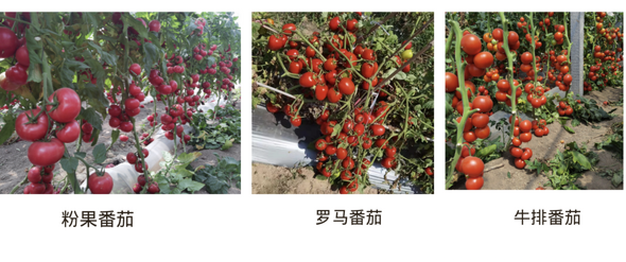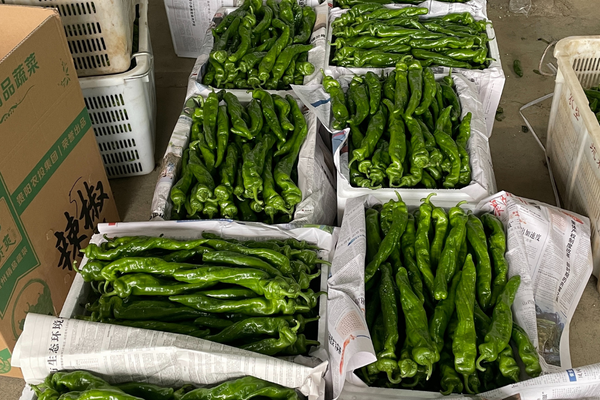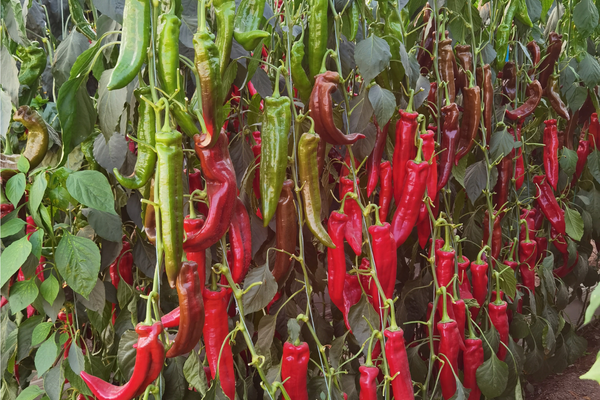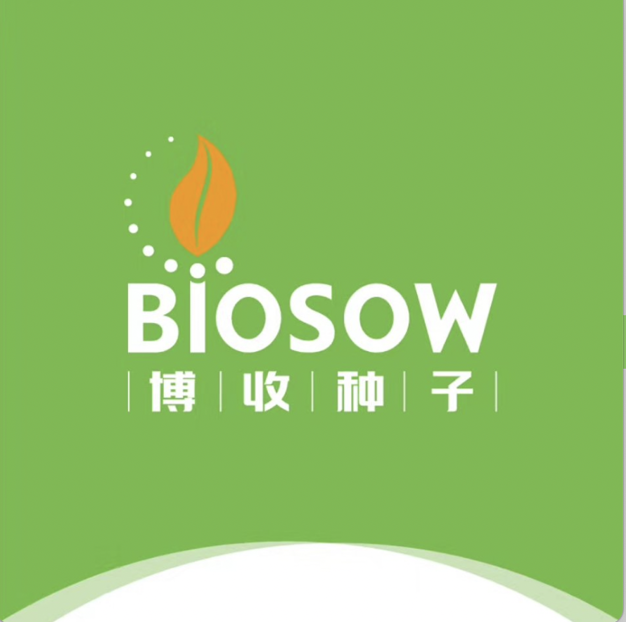Shouguang Biosow is a national seed industry company with international scientific research and innovation capabilities and levels. Its main business is the breeding, producing, and selling new and excellent varieties of characteristic crops with leading nutritional value. It aims to bring new consumption choices of ecological nutrition to consumers and bring more cultivation benefits to growers. The company focuses on the breeding of major agricultural products such as tomatoes, peppers, and pumpkins. In addition to supplying the Chinese market, seeds are also exported to more than 20 countries, including Iran, Iraq, Turkey, Egypt, Russia, and Pakistan. Recently, Mr. Zhang from Shouguang Biosow shared with us some recent trends in vegetable breeding.
First, China's seed industry began to gradually move towards the world level.
"With the improvement of people's living standards, the demand for vegetables has also shown a more diversified and personalized development, which also puts forward requirements for breeders at the top of the supply chain. Breakthrough and innovation have become the keywords."
"The annual tomato cultivation area in the world is about 4 million hectares, and the tomato cultivation area in China is over 1 million hectares; among them, the red beef tomato accounts for around 1.86 million hectares, the Roma tomato accounts for about 1.46 million hectares. The pink tomato accounts for about 0.6 million hectares, most of which are in China. Other processed tomatoes and cherry tomatoes account for about 0.4 million hectares. Eating habits and cultivation environment determine the types of varieties in each major consumption area. For example, most countries such as the Middle East demand tomatoes for almost three meals a day, but the weather is hot and dry with little rain, and the maximum temperature in summer is above 45 degrees. At present, only Roma tomatoes can bear fruit at 40-45°C. The best fruit setting temperature of the mainstream tomato type in China, which is the pink tomato, is 25-32°C, and it is difficult to set fruit when it exceeds 35°C. In addition, in Europe and the United States, red beef tomatoes are the main ones. Breeders need to develop different varieties according to different preferences."

Second, the purpose of breeding is not only to meet the taste needs of traditional consumption but also to meet the main needs of fast-paced life in the future.
"Scrambled eggs with tomatoes is a common dish on Chinese dining tables. After extensive research, we found that the most basic and important consumer demand for this dish is high sweetness, less fiber, juicy and lumpy. The current main cooking method for tomatoes is to put some sugar and fry it with peel, which easily becomes a tomato paste. For this reason, we have continuously selected and tested hundreds of varieties and finally cultivated a crispy tomato with a sugar content of 9, which is very suitable for consumers' needs. However, the yield of this variety is lower than other varieties of large tomatoes, which is very challenging for growers, and it is also the direction we will overcome in the next step. "
"With the acceleration of people's lifestyles, pre-made vegetables will become one of the mainstream in the future. The future direction of vegetable breeding will definitely be suitable for semi-finished product processing. For example, broccoli, there are many semi-finished products in the United States and Europe. The broccoli is blanched with boiling water. After that, it is frozen at minus 30°C into frozen blocks. When consumers want to eat, it only takes a few minutes to thaw in advance. For restaurants, it can save time and labor costs, achieve standardized supply, reduce losses, and improve serving efficiency. Onion is also a good example. Onion may appear in the form of onion powder in the future. Most people will not eat onion directly, which requires the dry matter content of onion. "
 (The popular screw-shaped pepper in China)
(The popular screw-shaped pepper in China)
Third, disease-resistant breeding will still be the most difficult threshold for vegetable breeding in the future, and it is also a hurdle for every breeding company to overcome.
"Fighting against viruses is an ongoing challenge for breeders. Overusing pesticides and water pollution will affect the continuous evolution of viral physiological races. Breeding requires constant innovation to develop varieties with new antigens to adapt to changing viruses. High disease resistance will always be the basis of breeding in the future, but it will also pose a greater challenge to breeding companies, forcing more professional breeding companies to form professional breeding systems with high industry concentration through mergers and acquisitions. Bacterial wilt is a major bacterial disease of Solanaceae vegetables such as tomatoes, eggplants, peppers, and potatoes. We have conducted in-depth research on this and have cooperated with the University of Indonesia in disease-resistant breeding. Indonesia has a lot of rain in most seasons, high temperatures, and high humidity. It is the country and region with the most serious bacterial wilt disease in the world. The southern part of China shares similar characteristics with Indonesia. If we can better solve the problem of disease resistance, it will be good for growers and society. "

Fourth, demand for international vegetable seeds and supply in the future.
"China's labor costs have risen a lot from 1997 to the present. Labor costs such as pollination have increased, and the cost of seed production has risen. In the meanwhile, India, Laos, and Cambodia used to receive a large number of seed production orders because of cheap labor, but they were unable to produce due to the pandemic. Exports are also difficult. Therefore, I expect European and American orders to flow to China, but whether the productivity can be met is still a challenge. High-end vegetable seeds may be out of stock by the second half of 2024. "
"As for future breeding, the world will move towards the direction of disease resistance, reduced labor (more suitable for mechanized production), and improved quality and nutrition. Breeding is a high-input and long-term thing, but it can bring more benefits to growers. More benefits can also provide consumers with more products that meet their needs, which have strong social significance. This is also the driving force for me to persist in entrepreneurial breeding for ten years. We also hope to bring more seeds to the international market, expand China's seed industry, and benefit more developing countries."
 More information:
More information:
Shouguang Biosow
Xiaosheng Zhang
zhangxiaosheng@biosow.com
www.biosow.com
